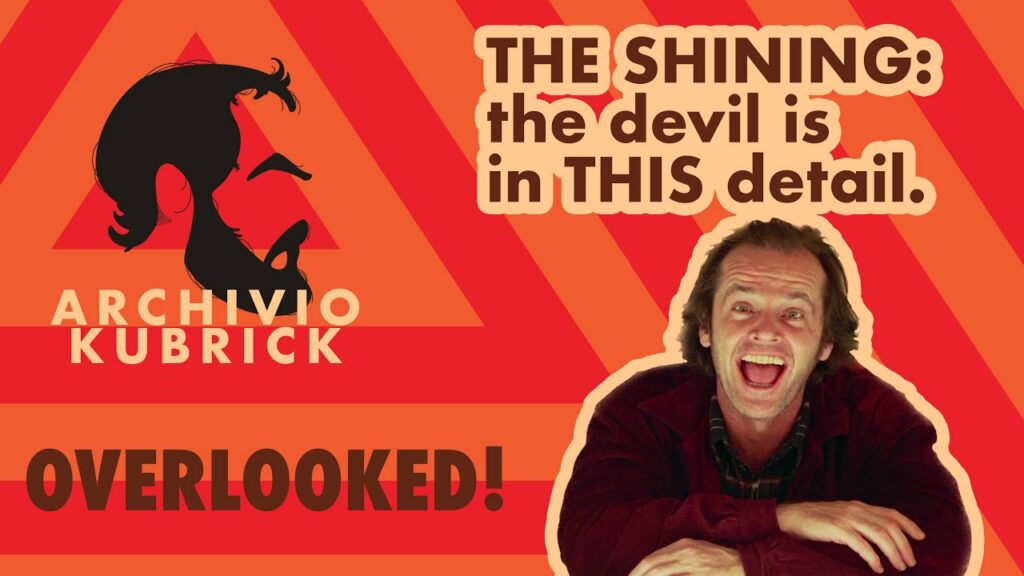Stanley Kubrick’s The Shining pulls off the uncommon feat of inhabiting a genre without falling victim to its vices. But exactly which genre does it inhabit? Horror? Meta-horror? Supernatural thriller? Psychological drama? Most of the pictures made for these broad fields of cinema share a dispiriting lack of re-watchability, especially those reliant on the device of the twist ending: M. Night Shyamalan’s The Sixth Sense, for example, which now, 24 years after its release, is enjoyed primarily as an artifact of its cultural era. But over the past four decades The Shining has only become a richer viewing experience, and one that continues to yield heretofore unseen details.
In the new video above (and an associated Twitter thread), Kubrick scholar Filippo Ulivieri exposes one such detail — or rather, a whole series of them. Throughout his performance as the Overlook Hotel’s increasingly troubled caretaker Jack Torrance, Jack Nicholson keeps looking directly at the camera. “I’m not talking about when he looks at the camera because he’s talking to someone else,” says Uliveri. “I’m talking about all the times in which Jack Torrance looks at the camera, but there’s no one to look at.”
All are “very brief moments, captured by a few frames of film,” or even just one. But given how many times it happens (much more often than the one fourth-wall-breaking glance already acknowledged by Shining exegetes), as well as Kubrick’s well-known perfectionist attention to detail, all this can hardly be an accident.
Despite the existence of documentary footage that shows Kubrick explicitly telling Nicholson to look down at the camera in one shot, this choice has remained, as it were, overlooked. But what to make of it? It could mean that “we are not safe from Jack’s fury. He knows where we are; he may come for us next.” Yet he also looks at the camera well before descending into insanity. “Who is looking at Jack? Ghosts. The ghosts of the Overlook Hotel.” Perhaps “Jack felt their presence from the very beginning. So the camera in The Shining must be… well, a ghost itself.” But if the subjective camera represents the ghostly point of view, “does that mean that I am a ghost, too?” And more importantly for fans, does that mean Kubrick outdid Shyamalan nearly twenty years before The Sixth Sense came out?
Related content:
Watch Jack Nicholson Get Maniacally Into Character for The Shining’s Iconic Axe Scene
Stanley Kubrick’s Annotated Copy of Stephen King’s The Shining
Room 237: New Documentary Explores Stanley Kubrick’s The Shining and Those It Obsesses
Go Inside the First 30 Minutes of Kubrick’s The Shining with This 360º Virtual Reality Video
Stanley Kubrick’s The Shining Reimagined as Wes Anderson and David Lynch Movies
Based in Seoul, Colin Marshall writes and broadcasts on cities, language, and culture. His projects include the Substack newsletter Books on Cities, the book The Stateless City: a Walk through 21st-Century Los Angeles and the video series The City in Cinema. Follow him on Twitter at @colinmarshall or on Facebook.
